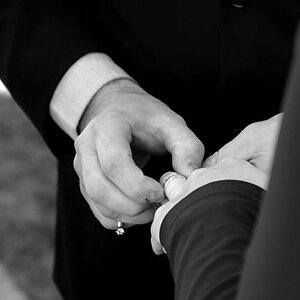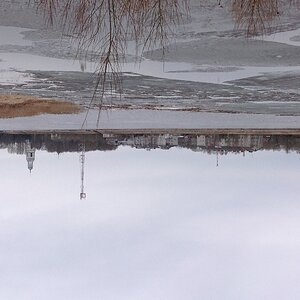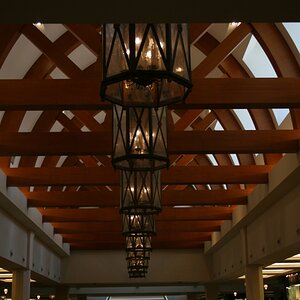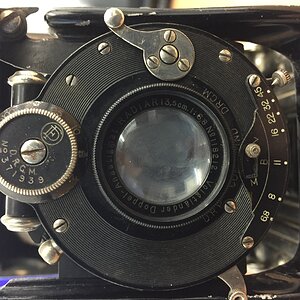- Joined
- Jun 25, 2007
- Messages
- 276
- Reaction score
- 21
- Location
- Memphis, TN
- Can others edit my Photos
- Photos OK to edit
Sorry if this is a stupid/basic question, but I would like to learn and improve on my photography.
When taking a portrait using off-camera flash, what are the correct steps to take? I have heard to expose for the background, then add in flash to illuminate the person in the foreground.
So does this mean locking the exposure without the individual in the frame, then have them walk into frame? Or do you usually do this all with the person in the frame and tell the camera to set the exposure based on a specific area of the frame using spot metering?
When taking a portrait using off-camera flash, what are the correct steps to take? I have heard to expose for the background, then add in flash to illuminate the person in the foreground.
So does this mean locking the exposure without the individual in the frame, then have them walk into frame? Or do you usually do this all with the person in the frame and tell the camera to set the exposure based on a specific area of the frame using spot metering?


![[No title]](/data/xfmg/thumbnail/37/37605-90c8efaef5b7d1f52d4bf8e7dfd33673.jpg?1619738148)
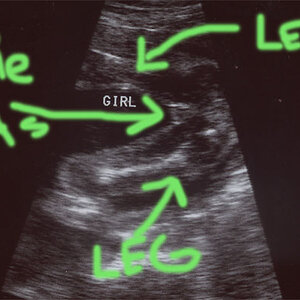
![[No title]](/data/xfmg/thumbnail/37/37602-1ef8dbb1c2d0e4ff347ee65d328c3603.jpg?1619738147)

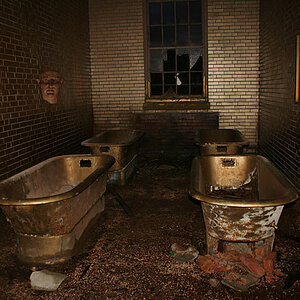
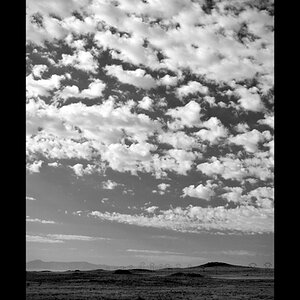
![[No title]](/data/xfmg/thumbnail/32/32699-3434a76363cb383404e00a3cd5ed5728.jpg?1619735601)
